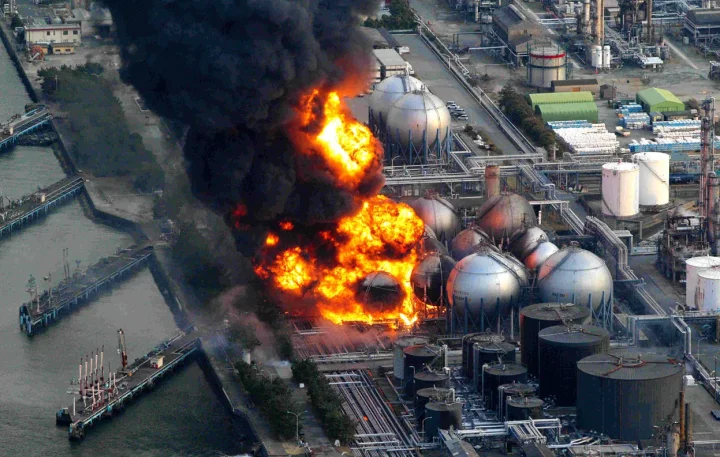
The long-term impacts of nuclear catastrophes can frequently last thousands of years. Nuclear technology generates radioactive waste, which comes into contact with humans and the environment after reactor accidents and waste storage breaches.
The Chernobyl, Fukushima, and Kyshtym disasters were the greatest nuclear disasters.
With 437 nuclear power plants throughout the world, there are bound to be problems now and again. Small events occur and may be corrected, but huge ones can have disastrous consequences.
In the case of a nuclear accident, people may have elevated cancer rates, and future generations may suffer from genetic abnormalities. In addition, radiation in the environment can severely impair plant growth and cause animal fatalities. However, the number of deaths and illnesses caused by a nuclear disaster is difficult to track and, as a result, is frequently contentious.
Each nuclear tragedy has been assigned a level on the International Nuclear Event Scale. It is known as INES.
INES is a set of criteria developed in 1990 to assess the devastation caused by nuclear explosions and meltdowns. INES categorizes nuclear catastrophes as follows:
Level 7: Major Accident
Level 6: Serious Accident
Level 5: Accident With Wider Consequences
Level 4: Accident With Local Consequences
Level 3: Serious Incident
Level 2: Incident
Level 1: Anomaly
Level 0: Deviation
Let's get to the detailed information on the ten biggest nuclear disasters.
1. Chernobyl, Ukraine (1986- Level 7)
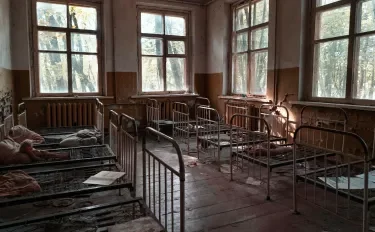
It is one of the world's deadliest nuclear disasters. It was built in the late 1970s around 65 miles north of Kyiv, Ukraine.
The Chernobyl facility was one of the world's largest and oldest nuclear power facilities. The explosion and ensuing meltdown that happened there in April 1986
During testing, an explosion occurred, resulting in 9 days of flames and radiation emissions. The radioactive release caused 31 immediate fatalities and an estimated 4,000 premature deaths.
Soviet officials attempted to conceal the accident, but on April 28, Swedish radiation monitoring stations situated more than 800 miles from Chernobyl detected radiation levels that were 40% higher than usual.
The radiation released into the atmosphere was often created by the atomic bombs unleashed on Hiroshima and Nagasaki.
The Chernobyl Disaster Exclusive Zone, which has an 18.6-mile radius, is still off-limits to people. This zone has lakes, woodlands, and eerie abandoned structures such as theaters and retail malls. Concerns about birth abnormalities and food poisoning among exposed individuals persist today.
The last operational reactors at Chernobyl were shut down in 2000, and the site was formally shuttered.
2. Fukushima, Japan (2011 - Level 7)
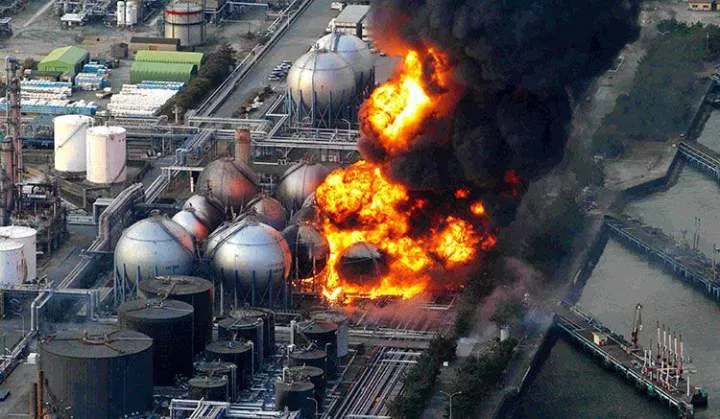
The Fukushima nuclear disaster in 2011 is the world's second-worst nuclear disaster. It was built between 1971 and 1979 and consisted of six boiling-water reactors. However, only reactors 1-3 were active at the disaster.
Japan had its most powerful earthquake in 2011. Tsunami surges destroyed the backup generators of the Fukushima Daiichi facility. However, all three reactors that were still operational were successfully shut down.
Within the first few days of the tragedy, the loss of power led cooling systems to fail. The fuel rods in reactors overheated and partially melted down due to rising residual heat within each reactor's core, resulting in the emission of radiation at times.
During the nuclear catastrophe, there were no immediate deaths. However, the blasts wounded at least 16 employees and exposed hundreds more to radiation.
Many individuals in locations around the 20-kilometer evacuation alert zone prepared to evacuate, with 47,000 inhabitants leaving their homes. The Fukushima Nuclear Power Plant disaster is a category seven disaster.
Over the next 30 to 40 years, tens of thousands of employees will be required to securely remove nuclear waste, fuel rods, and over one million tons of radioactive water from the site. Some people, however, have opted never to return due to radiation fears.
3. Kyshtym, Russia (1957 - Level 6)
The Soviet Union developed hundreds of secret facilities Following World War II. Many of which were quickly and shoddily constructed to increase their nuclear arsenal. One of these is the Mayak nuclear fuel processing plant in the Russian town of Ozyorsk.
A nuclear waste storage container exploded On September 29, 1957, exposing 22 towns to high quantities of radiation.
A week passed before the impacted zone's 10,000 people were displaced; because the facility was covered in mystery, they got no reason for their abrupt and permanent relocation.
There had been reports of unexplained illnesses, such as skin sloughing off exposed body parts by then.
According to estimates, 200 individuals died of cancer due to radiation exposure. And hundreds more may have suffered from associated ailments. Since Ozyorsk did not show up on any official maps at the time, the Mayak disaster was associated with Kyshtym, a nearby town.
4. Three Mile Island Accident, USA (1979- Level 5)
It happened on March 28, 1979. The incident occurred when considerable volumes of nuclear reactor coolant escaped from reactor number 2 at the Nuclear Generating Station near Harrisburg.
Control room workers made significant mistakes while attempting to limit the problem, and by early am, the core had heated to nearly 4,000 degrees-just 1,000 degrees short of meltdown. As radioactive vapor began to flood the facility, knowledge of the disaster spread to the outside world.
The leak was not recognized right away, necessitating a long problem-solving session and a delay in damage control.
On March 31, plant employees were able to resolve the issues, putting an end to the possibility of a meltdown. No deaths or injuries were reported.
Reactor 2 was so extensively damaged and never utilized again. Reactor number one is still operational. However, it will be decommissioned in 2019.
The disaster also undermined the American public's trust in nuclear power, sparking several protests and raising awareness of the importance of state and municipal emergency preparation.
5. Windscale Fire, Sellafield, UK (1957 - Level 5)
Windscale is the name of Britain's first nuclear reactor. It Was constructed in the late 1940s in northwest England.
On October 10, 1957, employees performing routine maintenance at the enormous complex observed increasing temperatures. Further examination revealed that the reactor's uranium-filled graphite core had caught fire.
It had undoubtedly been on fire for two days, sending hazardous chemicals into the sky. Using the reactor on the verge of collapsing, plant operators put their lives in danger to fight the flames with cooling fans, carbon dioxide, and water.
The fire was ultimately extinguished on October 12. But a radioactive cloud had already spread throughout the United Kingdom and Europe.
Idoine-131, an isotope known to induce thyroid cancer, was present in the radiation. However, studies on the relationship between the Windscale Fire and cancer rates have been equivocal.
While there were no evacuations, officials stopped the sale of milk from the affected region for almost a month.
6. Goiania Accident, Brazil (1987 - Level 5)
The Goiânia accident was caused by radioactive pollution. On September 13, 1987, it happened in Goiânia, Brazil's Goiás state.
When the Goiania Institute of Radiotherapy moved, they left behind numerous obsolete medical apparatus and supplies that would no longer be useful at their new site. One of the devices remaining in the abandoned building was an old teletherapy unit holding Cs-137.
Two guys started digging around the abandoned structure and discovered the machine, which they sold to a nearby junkyard. Unfortunately, the remaining Cs-137 was discharged when workers at the junkyard destroyed the engine.
Cesium 137 is a radioactive isotope of cesium that is abundant due to spontaneous creation due to nuclear fission of other radioactive elements.
Employees at the junkyard were captivated by the blue power that flashed in the dark within the machine. They spread it to family and friends, oblivious to its numerous hazards and consequences.
As the Cs-137 spread across Goiania, people were ill, suffering from severe radiation poisoning.
One hundred twelve thousand persons were tested for radioactive contamination, with 249 having substantial quantities of radioactive material in or on their bodies.
The government of Goiania was slow to respond to the situation and failed to realize the scope of the crisis. However, with the assistance of other authorities, the problem was contained, as polluted regions were cleansed of radioactive material, and patients were carefully treated.
7. SL-1 Experimental Power Station, USA (1961 - Level 4)
Stationary Low-Power Reactor Number One was a United States Army experimental nuclear power reactor. The SL-1 Experimental Power Station catastrophe is also known as the 1961 Idaho National Engineering Laboratory accident and the 1961 Idaho Falls atomic accident.
In January 1961, the reactor had a big steam explosion and meltdown, killing all three operators. The direct cause was a maintenance crew's erroneous removal of a single reactor control rod by around 50 cm. The rods were responsible for absorbing neutrons in the reactor core, leading to a meltdown.
It was manually removed by around 50 cm, whereas 40 cm would have been enough to cause the reactor to reach critical.
The liberated reactivity skyrocketed, and the accompanying power surge led the reactor output to reach 20,000MW in around 0.01 seconds, causing the plate-type atomic fuel to melt and mix with the water in the pressure vessel.
When it interacted with the water, the water boiled, resulting in a massive buildup of steam that hit the core against the pressure vessel's lid and caused the ship to leap 3 meters.
Approximately 1,100 curies of hazardous fission products were discharged into the atmosphere. A few kilometers of the area were isolated for several decades after that.
8. Saint-Laurent, France (1969 - Level 4)
It is known as the worst civil nuclear power catastrophe in French history. On October 17, 1969, the meltdown of 50 kg of uranium in one of the gas-cooled reactors of the Saint-Laurent Nuclear Power Station began.
The power plant is located in the Saint-Laurent-Nolan commune.
The plant has two operational pressurized water reactors, each with 900MWe. The Loire River's water cools the reactors.
9. Buenos Aires, Argentina (1983 - Level 4)
In 1983, a series of failures at the RA-2 plant in Buenos Aires, Argentina, resulted in a level 4 nuclear catastrophe and the death of a worker. The operator created a nuclear fission chain reaction of 31017 fissions after failing to reconfigure a fuel plate appropriately.
During the event, he was exposed to enough neutron and gamma radiation to cause his death two days later. Another 17 workers were treated for radiation exposure.
10. Tokaimura, Japan (1999- Level 4)
JCO Company Ltd. operates the Tokaimura nuclear fuel processing plant. It is located around 135 kilometers northeast of Tokyo.
This facility employs around 172 people and is one of 15 nuclear plants in Tokaimura. The function of this facility is to convert uranium hexafluoride into uranium dioxide fuel. On September 30, 1999, an accident occurred at a uranium fuel conversion test site.
The accident was caused by pouring a sufficient amount of the 18.8 percent enriched uranium solution into a precipitation vessel, resulting in a high-level reaction. It was terminated after approximately 19 hours by draining the cooling water around the ship, which acted as a neutron reflector to keep the condition stable. As a result, three employees received significant radiation doses, and two received fatal doses; also, neutrons and gamma-rays produced by the event caused amounts to numerous inhabitants.
The Tokaimura catastrophe was Japan's worst nuclear accident, shattering the Japanese people's belief in the industry's management capacities for nuclear power production and affecting Japan's nuclear power industry's future.
Conclusion
The International Atomic Energy Agency is concerned with all aspects of nuclear installations, including nuclear safety and security. The nuclear power sector has improved reactor designs and performance in recent years.


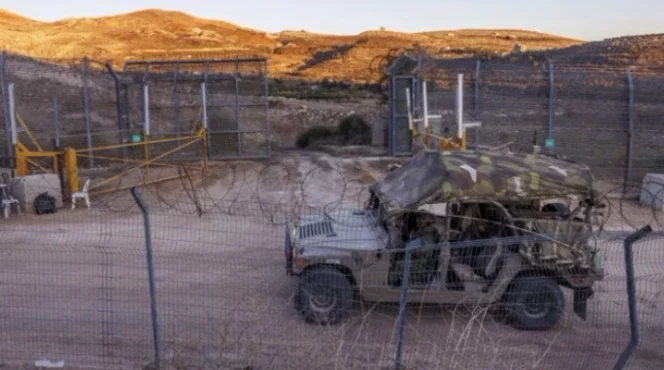



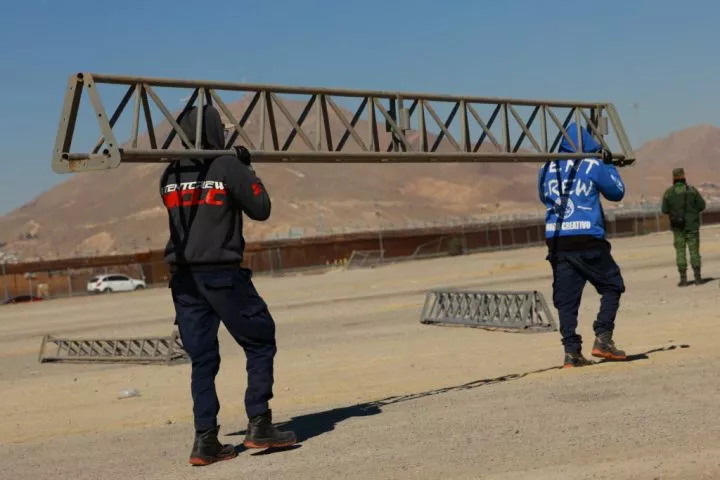







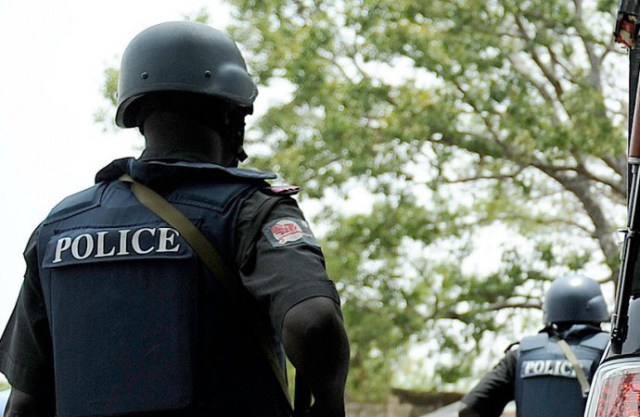

Comments